I’m thrilled to have Maria Lindqvist from Finnish educational social media platform, Petra’s Planet for Schools, as my guest here today. She shares her advice on using social media safely and effectively in schools.
21st century learning using social media
Advice from Finland
Social media doesn’t have a place in the learning environment; it is simply a tool for people to keep their friends up to date with their lives…or is it?
If we look at the process of social media we can start to consider its place in the learning environment. Taking Facebook as an example of a social media site, as use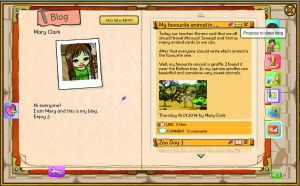 rs we set up a personal page and profile and start to communicate with our friends. We want the information we write to be interesting, amusing and informative; how do we best convey the message we want to get across? We read messages from other friends and if their communication is worthy we chose to ’like’ it. Writing effectively can therefore decide how many ‘‘likes’ you receive; an important thing for young people. We then have to decide whether we want to illustrate the message with an associated picture image; this can’t be too large a file size so we may need to use a graphics editor to resize the image.
rs we set up a personal page and profile and start to communicate with our friends. We want the information we write to be interesting, amusing and informative; how do we best convey the message we want to get across? We read messages from other friends and if their communication is worthy we chose to ’like’ it. Writing effectively can therefore decide how many ‘‘likes’ you receive; an important thing for young people. We then have to decide whether we want to illustrate the message with an associated picture image; this can’t be too large a file size so we may need to use a graphics editor to resize the image.
One of our Facebook friends could be someone from Turkey who we met on holiday last year. She writes about her family’s religion and the celebrations she attends. Her prayer in the mosques is called namaz, but generally she prays at home. Over the summer she is going to work at a farm in her village, picking fruit which is the most common type of work in her remote area of Turkey. Suddenly I have a new interest in this country and want to understand its cultures and economy. When we start to study world religion in school, I contact my friend to gather information. It is so much more real coming from her than from a book.
It is clear to see the potential educational benefits of social media in the classroom.
But of course the reason that to be eligible to sign up for Facebook, children must be at least 13 years old, is because of the potential and very real dangers. Online grooming is all too common as people give false information about their age and status, and form relationships with children and pretend to be their friend. One third of nine-19 year olds who go online at least once a week report having received unwanted sexual comments via e-mail, chat, IM (instant messenger) or text message, but only seven per cent of parents and carers are aware that their child has received such comments (Livingstone, S., & Bober, M. 2005).
Despite this age limit, in a study of more than 1,000 households (First Monday) more than three-quarters (76%) of parents reported that their child joined Facebook when she was younger than 13. What is more alarming is that an earlier study (Opinion) revealed that 43 per cent of children using social media had messaged people they didn’t know!
The fact is, in these times of massive change, ICT and digital learning content have become the new currency for learning; children need to learn in a way that will prepare them for the world they are going to live and work in and social media is a part of this. It is because social media is a tool for friends to communicate with that it does offer such wonderful opportunities for learning.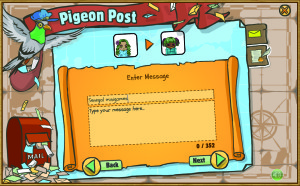
Recently, there have been several posts on Facebook of teachers holding up signs saying, ‘I’m trying to teach my students about internet safety and how quickly a photo can be seen by lots of people. If you are reading this, please click like/share.’ While imaginative, this is telling that teachers do not have adequate resources at their fingertips in the classroom to be able to teach social media and internet safety skills.
Pam Schiller, author of Seven Skills for School Success, argues, ‘Curiosity is the driving force of intellect.’ Kids’ brains expand with each new experience. Furthermore, mastering new skills without an adult looming large over their shoulder develops pupils’ self-esteem and competency. Thus, the struggle becomes one of how to keep children safe, without stifling their curiosity, while teaching indispensable twenty-first century Internet and computer skills.
So what is the solution? The answer lies with social media sites, like ours that are based on the standard social media format, but designed for classroom use by children under 13, to experience all the benefits of inter school, regional or even international communication, without the dangers.
What teachers must look for is a site that operates in a fully safe setting, where students can learn to blog, write emails and chat online.
Children should be able to read and comment on twin classes and class blogposts to discuss their world and reciprocally, discover a foreign land, not from a book, but from other children just like them. They become global citizens, travel halfway around the world, all while being kept within a secure and carefully monitored setting.
Our resource is not unique but such sites are effective. All activity happens under the tutelage of the teacher, who has complete control and access to all students’ online activity through the ‘teacher’s dashboard.’ If students engage in unkind or inappropriate behavior, educators have the ability to address this behavior as it occurs.
While reading, writing and arithmetic will always remain necessities for the classroom, the successful child of tomorrow will be the child who can easily maneuver across all social media platforms. The pupil who effectively understands e-etiquette and e-safety, as well as mastering all the tools the digital world offers, will be leaps and bounds ahead of their peers who have perhaps only learned basic computer skills. Social media sites, designed for young students, are ideal for keeping students safe, while allowing them to explore independently.
For educators wishing to leap into twenty-first century education and take advantage of all the e-world offers, while completely mitigating the dangers therein, I encourage teachers not to ignore the power of the internet and the benefits of social media sites. There are opportunities to promote safety, curiosity, and global citizenry in an exciting, educational platform. Schools that take advantage of such opportunities will be considered the educational leaders and trailblazers in the coming years.
Questions? Leave them in the comments.

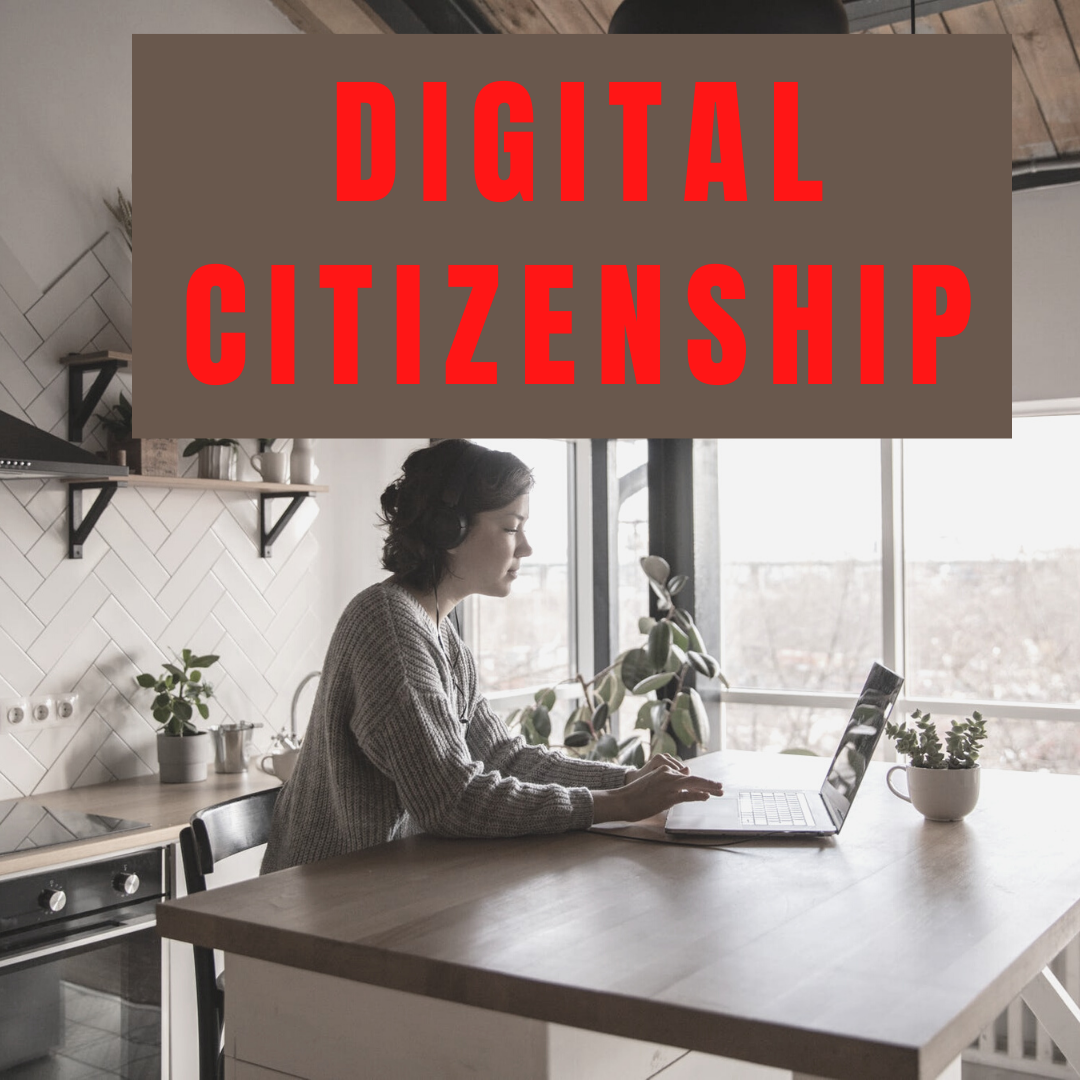
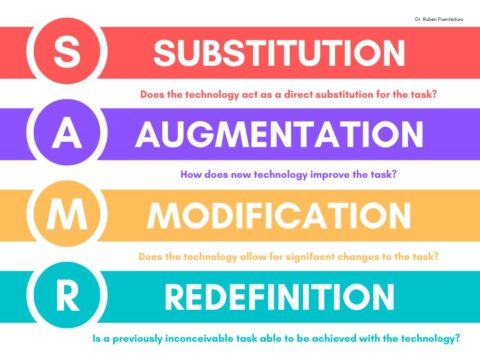
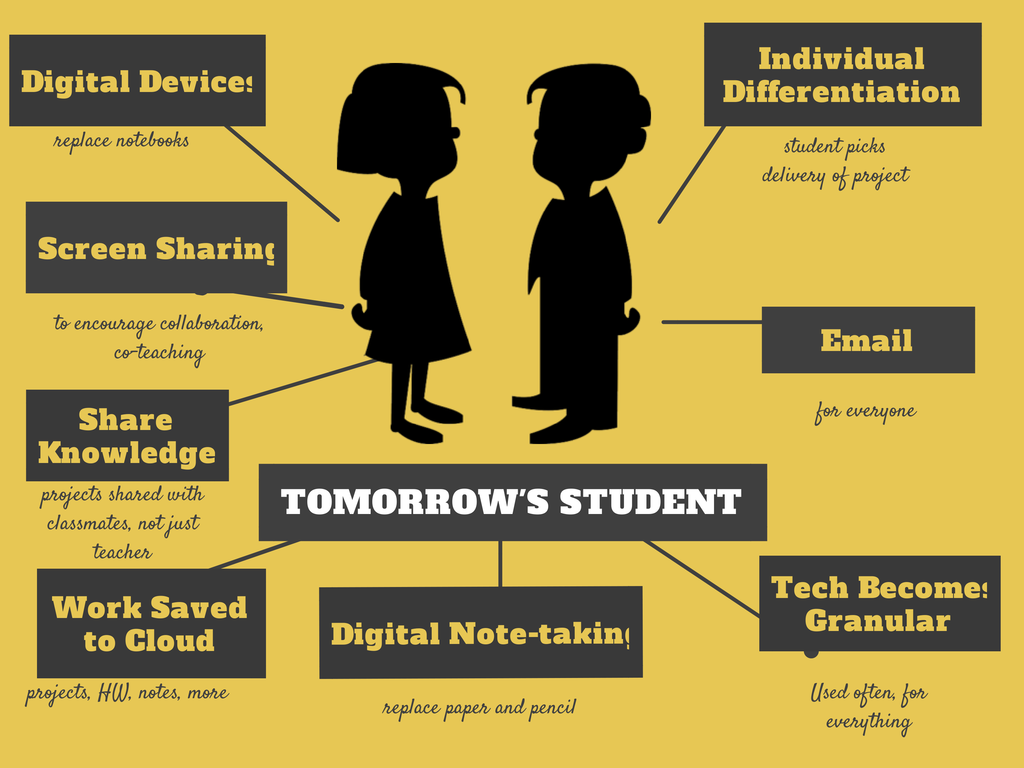
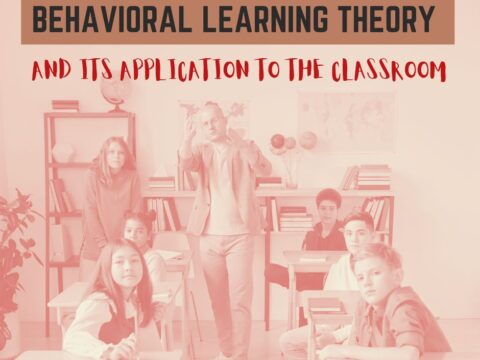































What is the website or App that you picture in the article and that you refer to as, “Our resource is not unique but such sites are effective?” I agree with your POv, and like the look of the resource. Where can I learn more about it?
Hi there–I’m going to have to leave this for my guest blogger. I dragged the image into image.google.com, but not sure it worked. Probably because I’m not in Finland.
Is there a certain type of resource you’re looking for I can help with?
Hi we have just started testing this in our school which is a KS3 school for children on the autistic spectrum. The link is https://app.petrasplanetforschools.com and you get a free 30 day trial
Thanks for sharing that, Phillip.